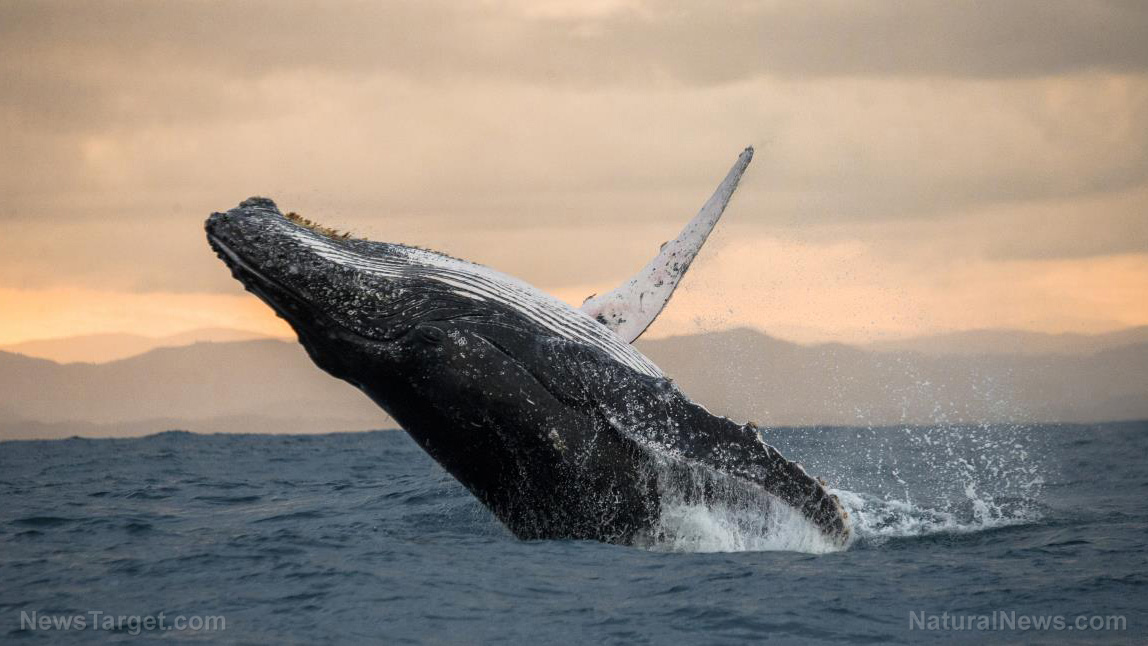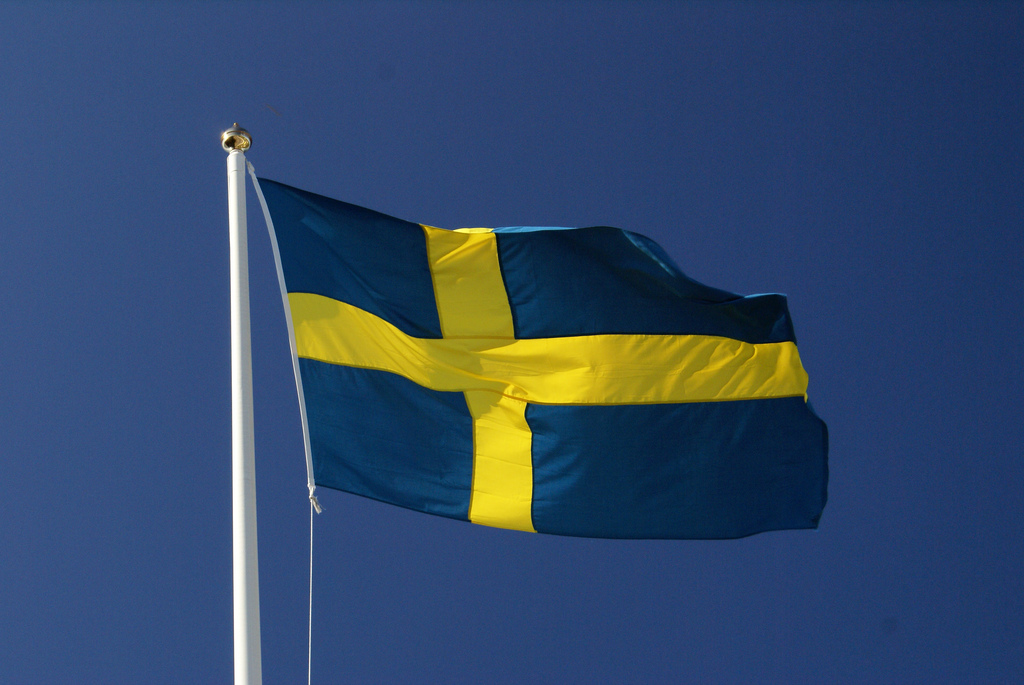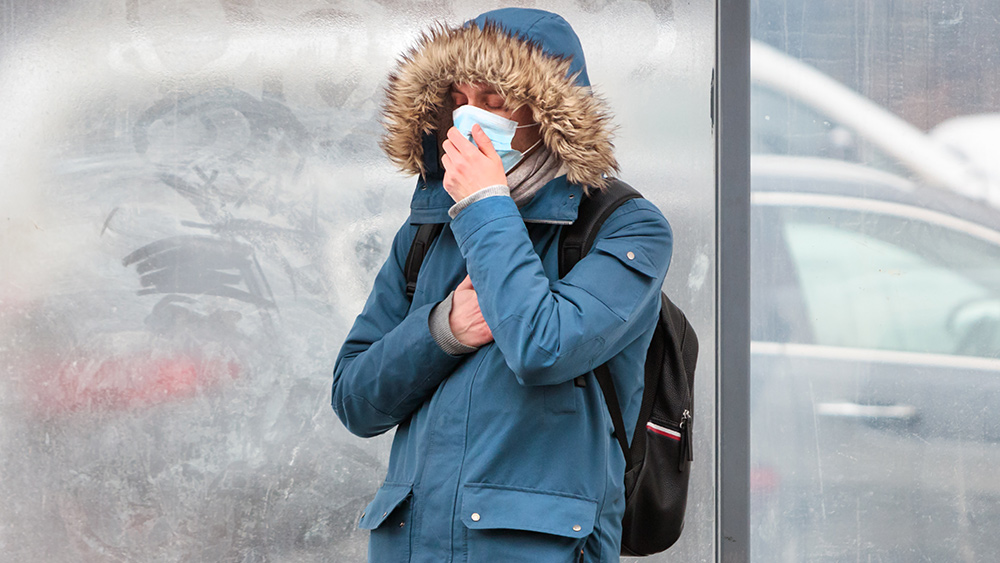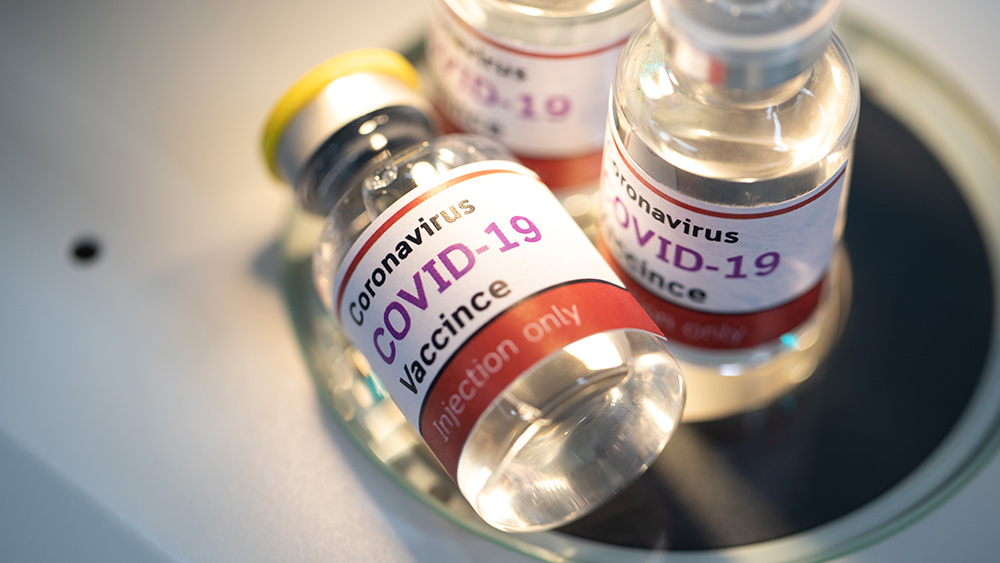Fascinating video shows humpback whales using “bubble-net fishing” to catch their prey
02/26/2021 / By Virgilio Marin

A team led by researchers at the University of Hawaii at Manoa (UH Manoa) has video-recorded humpback whales attempting to catch prey in the water near Alaska.
The humpback whales can be seen swimming in a circular pattern while blowing bubbles to create a “net” and encircle their prey. This technique is called bubble-net fishing and is usually done with more than one participating humpback whale to round up more krill or herring, the foods of choice of marine mammals like whales.
The UH Manoa researchers, together with ecologists from Stanford University and the University of California, Santa Cruz, used drones as well as cameras and sensors attached to the whales by suction cups to record videos from above and from the whale’s point of view.
Take a look at the footage below:
How bubble-net fishing works
Lars Bejder, the director of the Marine Mammal Research Program (MMRP) at UH Manoa, called the footage “groundbreaking.”
“We’re observing how these animals are manipulating their prey and preparing the prey for capture. [The footage] is allowing us to gain new insights that we really haven’t been able to do before,” Bejder said.
According to Bejder, around 3,000 humpback whales visit Alaska during the summer feeding period. When the whales leave their foraging grounds and migrate 3,000 miles to Hawaii, they stop eating until their return several months later. Upon their return, the whales are very hungry, so they immediately begin bubble-net fishing.
Around two to 15 individual whales, according to the website BCwhales.org, participate in this cooperative feeding behavior. One whale typically dives below a school of prey and then slowly begins a spiral dance upward, blowing bubbles in a circular motion to form a bubble net. The bubbles rise to the surface, trapping the school of fish and forcing them toward the surface near the center of the circle.
The other whales start belting out hollow feeding calls, followed by high-pitched squeals. These specific calls play an important role in the feeding technique as they further congregate krill, besides recruiting nearby whales to help with herding. (Related: North Atlantic right whales “whisper” to protect young calves from predators.)
The whales keep feeding until they have to migrate south for the winter breeding season. In particular, the females have to feed a lot because they consume large amounts of energy upon giving birth.
Threats to whale population
The latest footage comes at a time when the populations of a lot of marine animals are declining. The National Oceanic and Atmospheric Administration found that the number of humpback whale sightings around Hawaii dropped in recent years.
Scientists at MMRP is actively looking into what might be causing the potential decline of this whale population. They’re concerned about the impact of the loss of food resources.
Olaf Meynecke, a research fellow in marine science at Griffith University in Australia, who was not part of the team, said that whales depend on recurring environmental conditions and oceanographic features, such as the changing seasons, temperature, circulation and nutrient cycles. These factors, according to Meynecke, affect the availability of krill.
Studies predict that declines in krill could lead to local extinctions of whales by 2021. Among the affected whales are humpback and fin whales in the Atlantic and Indian Oceans, as well as Pacific populations of blue, fin and southern right whales.
Understanding the feeding behavior of whales can improve current conservation practices and ensure that these marine mammals will avoid extinction.
Learn more amazing feeding behaviors of animals at Ecology.news.
Sources include:
Tagged Under: animal extinction, animal feeding behavior, bubble-net fishing, cool science, environment, humpback whales, marine animals, research, wildlife conservation
RECENT NEWS & ARTICLES
COPYRIGHT © 2017 DISCOVERIES NEWS





















